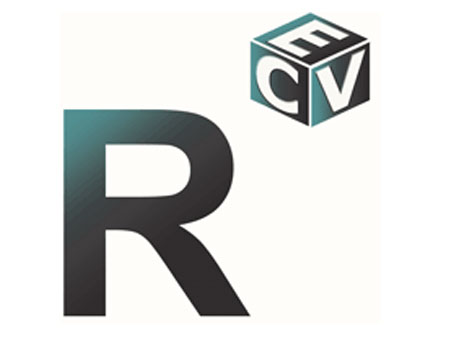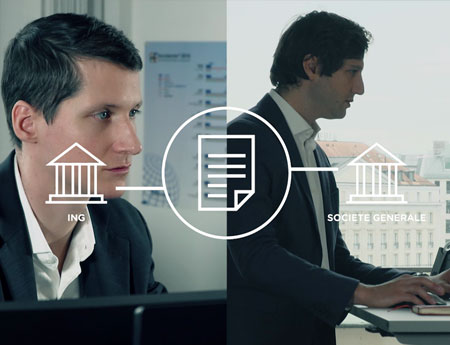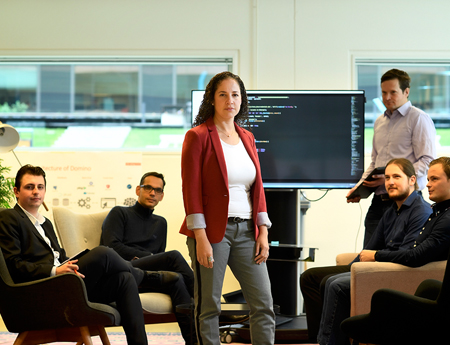A trade match made in heaven
31 July 2017
Trading in Financial Markets involves databases that can’t easily communicate with each other, often leading to errors in the matching process. These can only be fixed manually, which requires extensive human intervention.
Those days could well be over soon, with blockchain-based technology coming to the rescue.
ING, together with Calypso Technology and the R3 consortium, proved that blockchain technology can help banks’ back-end infrastructures interact easier when processing trades. The partners carried out trade matching tests on Corda (the distributed ledger technology platform developed by R3) to process FX trades, and confirmed correct matching in real time across four different time zones.
“This is a big step in changing the way institutions process trade contracts,” said Ivar Wiersma, head of Wholesale Banking Innovation at ING.
‘Golden ticket’
Although trade matches in Financial Markets are becoming more and more automated, there’s still plenty of room for improvement.
Robbert Zee, who was part of the working group on ING’s side, explained: “Behind two participants dealing together, there are multiple sets of data that need to be compatible to release contracts whose contents match. Currently, there are different sources of truth and various electronic messages. This slows down the process and can often lead to mismatches or duplications that need to be fixed manually.”
The newly-tested trade matching application allows traders involved in a transaction to look at the same information. It does that by releasing a ‘golden copy’, which becomes the single source of truth for traders. Each can then update their records in one common data set instead of collecting information from different systems.
“Using one source of proof is a great advantage for security and compliance reasons: regulators can have a real-time overview of the trades by linking in to the network to follow trade partners’ actions,” said Zee.



